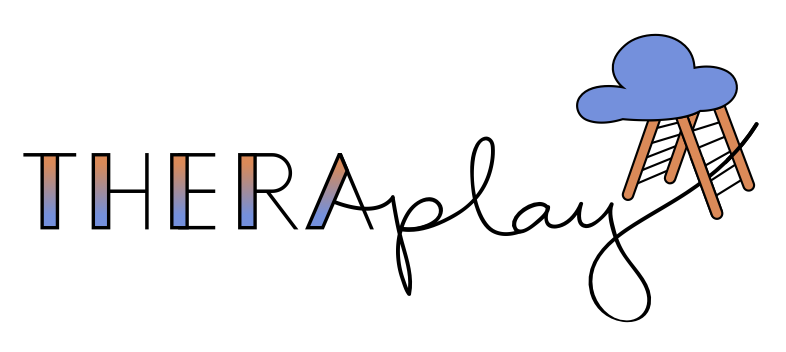Everything You Need to Know About the Landau Reflex
If your child struggles with poor posture, low muscle tone, coordination difficulties, or trouble concentrating in school, they may have an unintegrated Landau Reflex. The Landau Reflex is one of many primitive reflexes that help babies develop strength, balance, and movement, but if it doesn’t integrate properly, it can lead to motor, focus, and emotional challenges later in life.
TL;DR: The Landau Reflex helps babies develop posture, strength, and coordination, but if it remains unintegrated beyond 3 years of age, it can lead to poor muscle tone, balance issues, and difficulty focusing. Primitive reflex integration therapy can improve posture, motor skills, and concentration, helping children feel stronger and more confident.
In this post, we’ll cover:
What the Landau Reflex is
How the Landau Reflex helps babies grow and develop
At what age the Landau Reflex should be integrated
Signs of an unintegrated Landau Reflex
How primitive reflex integration therapy can help address a retained Landau Reflex
What Is the Landau Reflex?
The Landau Reflex is sometimes called the "swimming reflex" because of the way babies move when it’s activated.
When a baby is placed on their stomach (prone position), they will naturally:
Lift their head
Stretch their arms and legs upward
Hold their body against gravity
This reflex helps babies develop muscle strength in their neck, back, and core, which is important for sitting, crawling, and walking. It also plays a role in:
Vestibular (balance) processing
Ocular motor skills (eye movement and coordination)
Postural control and muscle tone
The Landau Reflex works closely with the Tonic Labyrinthine Reflex (TLR) to help a baby gain control over their movements. If the TLR is retained, it is likely that the Landau Reflex will also be retained.
When Should the Landau Reflex Go Away?
The Landau Reflex develops after birth (between 3 to 5 months) as the TLR forward (flexion) reflex integrates.
It should fully integrate by 3 years of age. If it doesn’t, a child may experience motor, coordination, and learning difficulties.
Symptoms of an Unintegrated Landau Reflex in Children
A retained Landau Reflex can affect a child’s posture, coordination, attention, and emotions. Signs of an unintegrated Landau Reflex include:
🚩 Poor posture – Slouching, difficulty sitting upright, and/or rotated pelvis
🚩 Low muscle tone – Weak core, trouble sitting still, and/or getting tired easily
🚩 Delayed motor development – Skipping crawling, delayed walking, and/or trouble with coordination
🚩 Struggles with activities that use both arms and legs – Difficulty with somersaults, skipping, jumping jacks, or sports
🚩 Vision, focus, and concentration challenges – Trouble tracking words when reading or staying on task in school
🚩 Difficulty with transitions – Struggles to switch between activities or follow routines
🚩 Emotional and behavioral challenges – Trouble being assertive, responding to danger, or keeping commitments
🚩 Poor organization skills – Messy backpacks, difficulty planning schoolwork
Children with an unintegrated Landau Reflex may also have symptoms associated with:
ADHD
Autism Spectrum Disorder (ASD)
Cerebral Palsy
Depression
Down Syndrome
How Is the Landau Reflex Integrated?
If the Landau Reflex does not integrate naturally, primitive reflex integration therapy can help! A trained occupational therapist may use:
Core strengthening exercises – Activities to improve posture and muscle tone
Balance and coordination activities – Helping with motor skills and movement control
Vestibular (balance) training – Exercises that support eye movement and spatial awareness
Midline crossing exercises – Activities that engage both sides of the body for better coordination
Because the Landau Reflex is linked to the TLR, working on both reflexes may be necessary for full integration.
Why Primitive Reflex Integration Matters
When primitive reflexes don’t integrate properly, they can lead to learning, movement, and emotional challenges. Addressing an unintegrated Landau Reflex can help children:
✔ Improve posture and muscle tone
✔ Develop better balance and coordination
✔ Enhance focus and concentration in school
✔ Feel more confident in movement-based activities
✔ Strengthen emotional resilience and social skills
If your child struggles with posture, coordination, or attention, primitive reflex integration therapy could be the missing piece!
Still not sure if Primitive Reflex Integration is right for your child? Use our FREE Screening Checklist!
At TheraPlay LA, our expert therapists specialize in primitive reflex integration to help children develop the skills they need to succeed. If you’re curious about whether an unintegrated Landau Reflex is affecting your child, contact us today to learn more!


